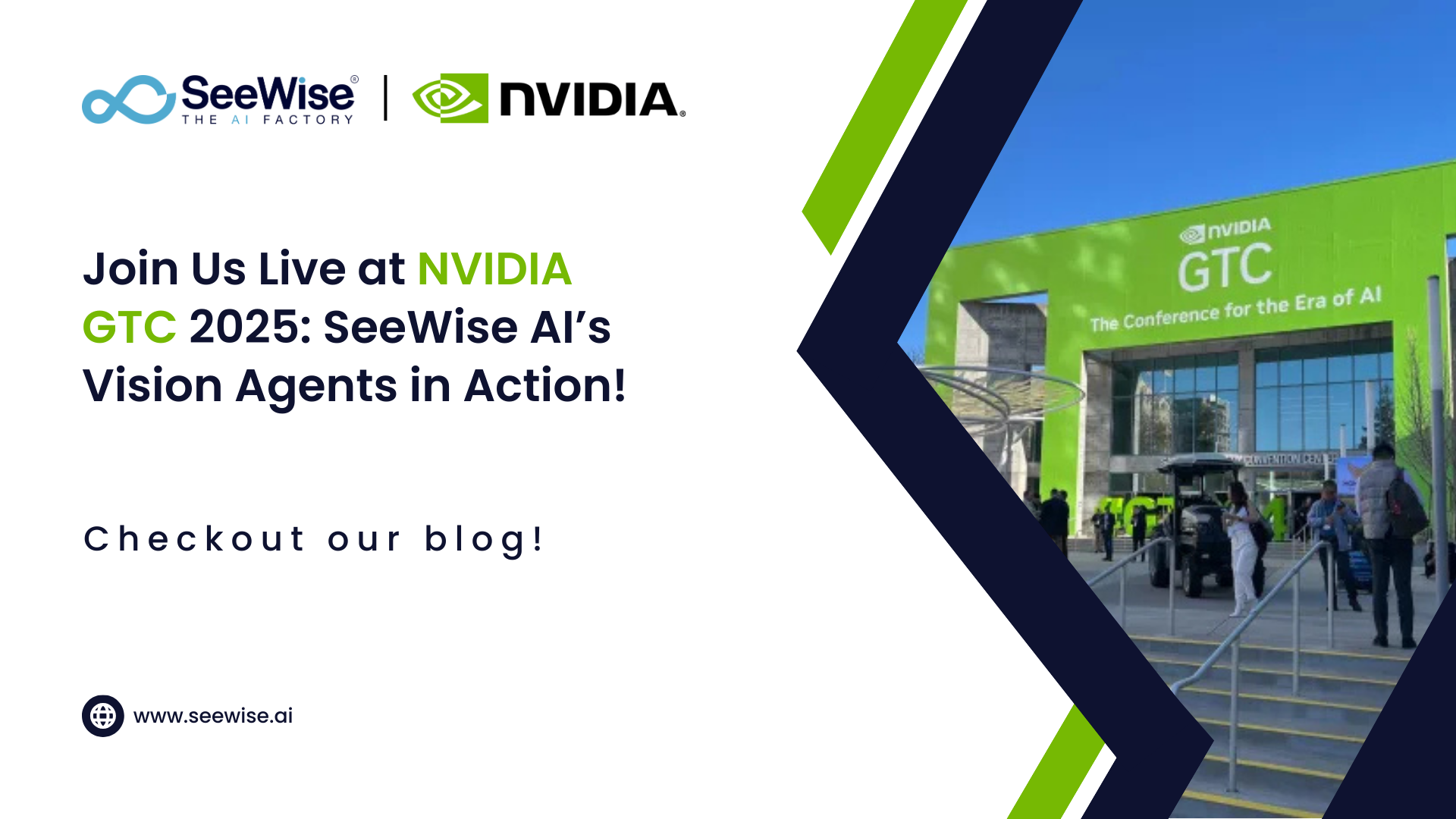How NVIDIA GTC 2025 Will Push AI Forward

How NVIDIA GTC 2025 Will Push AI Forward
The NVIDIA GPU Technology Conference (GTC) 2025, set for March 17–21 in San Jose, California, is expected to be a landmark event for AI and accelerated computing. Every year, GTC showcases cutting-edge advancements in hardware, AI models, and enterprise solutions, shaping the future of deep learning, generative AI, and GPU computing.
With rapid developments in AI infrastructure, NVIDIA will likely introduce new GPUs, system architectures, and software platforms that will drive the next generation of AI applications.
Hardware Innovations: Enter the Blackwell Era
One of the most anticipated announcements at GTC 2025 is the Blackwell GPU architecture, the successor to Hopper (which powers the H100). The new architecture will likely bring significant performance and efficiency gains, reducing training times for large AI models and improving inference speeds.
The H100 GPUs—released in 2022 and widely used throughout 2024—remain the backbone of AI training clusters. Companies like OpenAI, Meta, and Google have built massive AI infrastructure using H100-powered clusters to train multimodal models. However, H100 has its limitations, particularly in power efficiency and memory bandwidth.
The Blackwell-based B100 GPUs are expected to solve these problems by introducing:
- Higher memory bandwidth for handling massive datasets.
- Improved tensor core efficiency for faster model training.
- Better scalability for massive AI clusters like those running LLMs (Large Language Models).
Alongside GPUs, Grace Hopper Superchips—which combine NVIDIA's Grace CPU with Hopper or Blackwell GPUs—are expected to see upgrades. These chips have been crucial for high-performance AI workloads in 2024, allowing enterprises to run LLMs and recommended systems with improved efficiency.
NVLabs' AI Models: The Next Wave of Generative AI
NVIDIA's research division, NVLabs, has been leading AI model development. In 2024, they launched several impactful models, including:
- NVLM 1.0 – A multimodal large language model optimized for image, video, and text understanding.
- GauGAN3 – A next-gen AI for realistic image synthesis and artistic style transfer.
- Eureka – An AI agent for reinforcement learning research, used in robotics and autonomous systems.
At GTC 2025, NVIDIA is expected to introduce NVLM 2.0, pushing the boundaries of multimodal AI. This model will likely have improved context understanding, video generation, and real-time interaction capabilities. NVLabs might also showcase new diffusion models for generating high-fidelity images and videos.
VILA 2.0: A Multimodal AI Model from NVIDIA
At NVIDIA GTC 2025, VILA 2.0, the next-gen Visual Language Model (VLM) from NVLabs, is expected to redefine multimodal AI.
Building on VILA 1.0, which excelled in image and video question-answering, the new version will likely feature enhanced context understanding, efficient training, and broader deployment across NVIDIA hardware, including Blackwell GPUs.
Optimized for AI-powered robotics, content creation, and interactive AI systems, VILA 2.0 will advance seamless visual-text integration.
As AI shifts towards multimodal reasoning, VILA 2.0 could play a crucial role in shaping next-gen generative AI and perception systems, further strengthening NVIDIA's dominance in AI infrastructure.
Key improvements over VILA 1.0:
- Better multimodal reasoning for AI systems that process video, images, and text together.
- Optimized for Blackwell GPUs, ensuring faster and more efficient AI inference.
- More advanced AI assistants, improving applications in healthcare, gaming, and autonomous systems.
AI Infrastructure and Supercomputing Growth
1. NVIDIA DGX Cloud & AI Factories
The DGX Cloud platform allows enterprises to rent NVIDIA AI clusters instead of building them from scratch. In 2024, DGX Cloud adoption surged, with companies using it to train LLMs, develop digital twins, and run simulation workloads.
GTC 2025 will likely highlight new DGX systems powered by Blackwell, offering:
- Lower power consumption.
- Faster interconnect speeds using NVIDIA NVLink & InfiniBand.
- Better integration with generative AI tools.
2. NVIDIA Spectrum-X for AI Networking
Training large AI models requires massive clusters of GPUs connected through high-speed networks. Spectrum-X, launched in 2024, is an Ethernet-based AI networking solution optimized for cloud-scale AI workloads. NVIDIA may announce new networking switches and interconnects at GTC 2025 to reduce bottlenecks in AI training pipelines.
3. AI-Powered Robotics & Omniverse Expansion
NVIDIA's Isaac robotics platform has played a key role in industrial automation and autonomous systems. In 2024, NVIDIA expanded its Omniverse ecosystem, enabling digital twin simulations for robotics, factories, and self-driving vehicles.
At GTC 2025, expect new AI-powered robotics advancements, including:
- Next-gen Isaac Sim models for realistic robotic training.
- Omniverse Cloud updates for real-time industrial simulation.
- Automated AI agents for warehouse and logistics applications.
What GTC 2025 Means for the Future of AI
With AI evolving rapidly, NVIDIA GTC 2025 is set to be a defining moment for AI research, hardware, and enterprise adoption. The advancements expected at the conference will shape how AI models are trained, deployed, and scaled across industries.
Key AI Trends to Watch at GTC 2025:
- Blackwell GPUs (B100) will set new performance benchmarks for AI training and inference.
- NVLabs will release NVLM 2.0, improving generative AI across multiple domains.
- DGX Cloud and AI Factories will make AI infrastructure more accessible.
- NVIDIA Spectrum-X will boost AI networking, solving performance bottlenecks.
- VILA 2.0 will push multimodal AI forward, enhancing text-image-video understanding.
- AI-powered robotics and Omniverse will drive the next phase of industrial automation.
As AI models become larger, faster, and more energy-efficient, NVIDIA's innovations in hardware, AI cloud services, and networking will be essential for scaling AI workloads.
Stay tuned—GTC 2025 could reshape AI as we know it!

